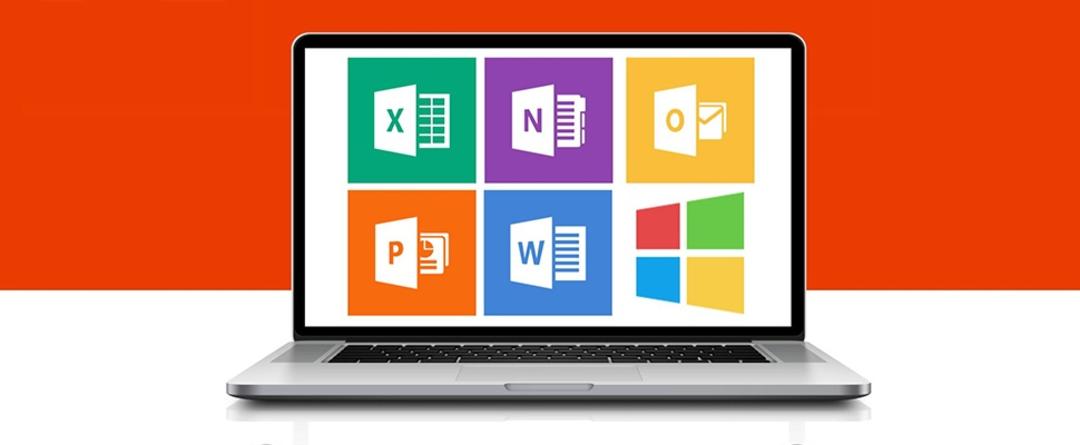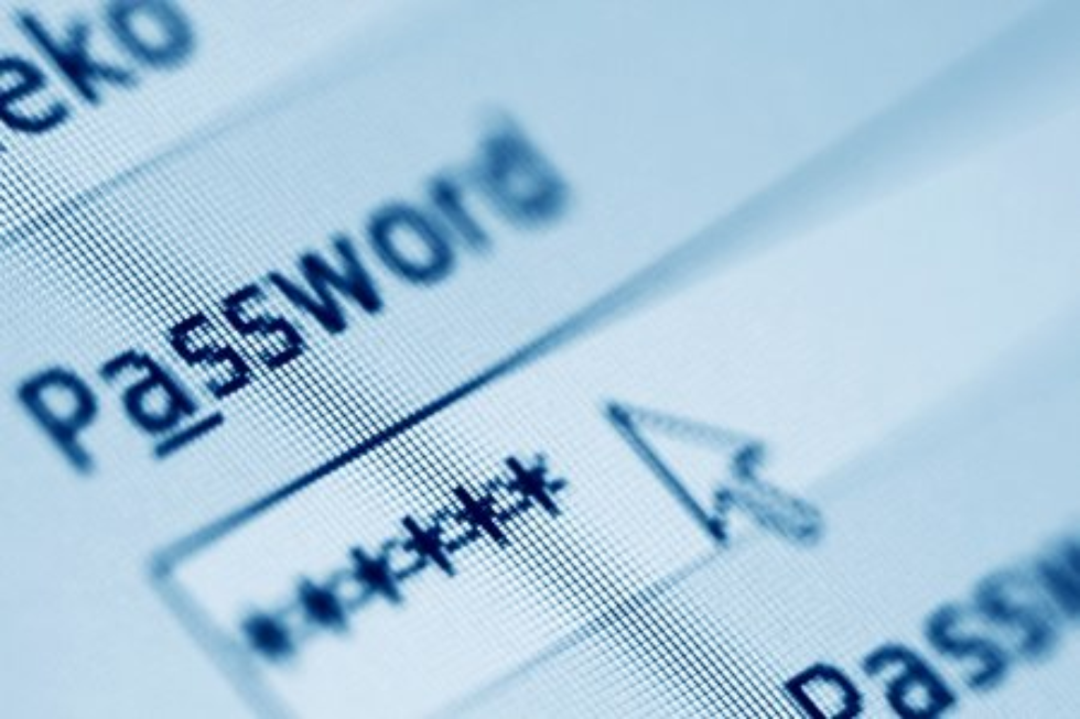If you want to display the image on your laptop on your television, you no longer need to pull a cable between the two devices. Google Chromecast is useful for casting from your PC or laptop to your television. How did you do this?
How do I cast the image from my laptop to my Chromecast?
- To get started, make sure your PC and Chromecast are connected to the same Wi-Fi network.
- Click the menu with three vertical dots and Casting…
- A small window will appear with a list of all available devices that support casting, such as a Chromecast or Google Home smart speaker.
- Click on it down arrow so at the top. You can now select the source. To choose Cast desktop and select the name of the Chromecast you want to use.
- Audio from your computer is also sent directly to your TV. If you don’t want this, turn off the sound on your PC or adjust the volume on the sound bar in the broadcast window.
- To stop casting, click the Chromecast icon next to the address bar and stop casting in the window that appears.
Connecting your PC to your TV was a hassle. You needed the right cables for this, and getting the right resolution was often difficult. It’s easier with an HDMI cable nowadays because you’re less concerned with resolution. But here we show you how you can easily display tabs or your entire desktop on your TV without wires using Google Chromecast.
Not yet? Then buy a Chromecast from Bol.com
What is casting and how does it work?
Streaming is a way to send content wirelessly to your TV. Content can be streamed directly to your TV from a service that supports it (e.g. YouTube or Netflix) using a product such as Chromecast.
However, content can also be streamed directly from your computer to your television without the intervention of an online service. In the latter case, the quality depends on the power of your own computer, while streaming from online services depends on the quality of your internet and cloud.
In this article, we’re talking about streaming content directly from your computer without going through online services.

Connect Chromecast
Of course, you need to connect a Chromecast before you start streaming. You do this on your television of course, but it basically works on any display with an HDMI port, so you can use a PC monitor as well. You connect the Chromecast to the HDMI input. Next, the Chromecast is yet to be powered over a micro USB connection. You can connect it directly to the wall outlet, but some televisions also have a USB port, which is handy for powering the Chromecast.
Looking for more information on connecting a Chromecast to your TV? Then read our guide.
Is your Chromecast not working properly or can’t connect to a mobile device? Sometimes it is useful to reset to factory settings. There is a reset button on the side of the enclosure. Press and hold this button for a while. A notification will appear that the Chromecast will factory reset itself, after which the device will reboot in a few seconds.

Stream from your PC
To get started, make sure your PC and Chromecast are connected to the same Wi-Fi network.
You can check which Wi-Fi network your Chromecast is connected to by opening the Google Home app on your phone. You can use this app to manage Chromecast. Hit the hamburger menu in the top left and go to the devices view.
Search for the name of your Chromecast here, press the three vertical dots and go to settings. Here you can see under WiFi if the network matches that of your PC.
Your internet can be faster and more stable. You can improve your router’s default settings yourself. In the online course of our Tech Academy, which consists of a 180-page book Home Network Upgrade you learn to find and resolve pain points within your network.
Broadcast tabs
Stream tabs are useful for viewing websites at a larger size and for viewing photos in the cloud.
However, it is less suitable for video streaming. Services that support Chromecast bypass this tab casting session and connect directly to Chromecast. Your tab then becomes a remote for YouTube on your TV, instead of casting the content to your TV. Content that doesn’t support Chromecast is streamed directly from the browser to your TV, which rarely goes well. Usually the image is not smooth.
To publish a tab you need Chromium Go to the website you want to view on your PC and TV. Click the menu with three vertical dots and Casting…
A small window will appear with a list of all available devices that support casting, such as a Chromecast or Google Home smart speaker.
Do not select a device for a while, first click the down arrow at the top. You can now select the source. To choose Broadcast tab and select the name of the Chromecast you want to use. Once connected, you will see a soundbar and the name of the open tab.
Your TV displays the tab in full screen, but usually in a way that keeps the image in top condition.
Now you can navigate to other websites in the tab or do other things on your PC. Everything is instantly streamed live to your TV. If you close the tab, it will be stopped. You can also leave the tab open and tap the Chromecast icon next to the address bar and stop casting in the window that appears.
Which Chromecast?
There are several Chromecasts for sale. They all work the same, except Chromecast Audio, which lets you only get the sound from your PC to your TV, not the picture.
For example, there is a regular version in white or anthracite for 39 euros. This allows you to stream videos over the wireless network at a maximum resolution of 1080p. You connect the device with a fixed HDMI connection by plugging it into an available HDMI port on your TV. A power cord is also included, as the Chromecast requires mains power.
If you want a more stable network connection consider Chromecast Ultra. This looks almost the same, but only available in black. This device costs 79 Euros and has the added value of including an Ethernet adapter in the power supply. This more deluxe version also supports a maximum resolution of 2160p (4K Ultra HD), for example via the Netflix or YouTube app. So if you have a 4K television, it is recommended to spend a little more money.
Recently, there is also Chromecast with Google TV as the successor to Ultra. As the name suggests, the device comes with a pre-installed version of Google TV, which is a special version of Android TV. This makes the Chromecast workhorse and your TV only needs one display.
Finally, Google has Chromecast Audio in its range. As with the regular Chromecast, the Audio variant is a dongle; then you connect to a speaker (or headphone if you prefer) via 3.5mm input, optical port or RCA plug. As the name suggests, this product can only transmit sound to amplifier or speaker(s). If you want to equip a regular Chromecast or Chromecast Audio with Ethernet, you can buy a separate adapter from the Google Store.

Cast your desktop
You can also view your entire desktop on your TV via Chromecast. This is useful, for example, when you need to give a presentation or want to show photos you have taken. This process is not much different from casting tabs. It’s also not very convenient for watching videos, like streaming tabs.
Click the menu with three vertical dots and Casting…
Then a small window will appear again with a list of all available devices that support streaming, such as a Chromecast or Google Home smart speaker.
Do not select a device for a while, first click the down arrow at the top. You can now select the source. Choose this time Cast desktop and select the name of the Chromecast you want to use. Once connected, your desktop will be displayed on your TV. If you are using more than one screen, you must choose which screen you want to display on your TV.
Audio from your computer is also sent directly to your TV. If you don’t want this, turn off the sound on your PC or adjust the volume on the sound bar in the broadcast window. Note that you can only transmit audio from Windows machines. This will not work on Mac or Chromebook.
To stop casting, click the Chromecast icon next to the address bar and stop casting in the window that appears.
Allow others to post
If someone brought their own laptop, you can have them stream from that device as well. In principle, they can stream content if their laptop is connected to your Wi-Fi network. If you don’t know the Wi-Fi password by heart or don’t want to give your password to someone else, you can click on the device you want to share with others via the Google Home app, in this case Chromecast. . Tap and select the three dots guest mode. Turn on the function and your Chromecast will broadcast a private WiFi signal. You can now connect to Chromecast without sharing your Wi-Fi network information with this device.
But sometimes you don’t want others to pause the media or take over the broadcast. Fortunately, you can also prevent others from running your Chromecast.
More useful tips
Have you purchased a new Chromecast and are not yet familiar with what the device has to offer? Then we have gathered a useful article for you with essential Chromecast tips and information. We explain how to stream media, what versions of Chromecast are available, and how to give others access to Google’s streaming gadget.
Source: Computer Totaal













